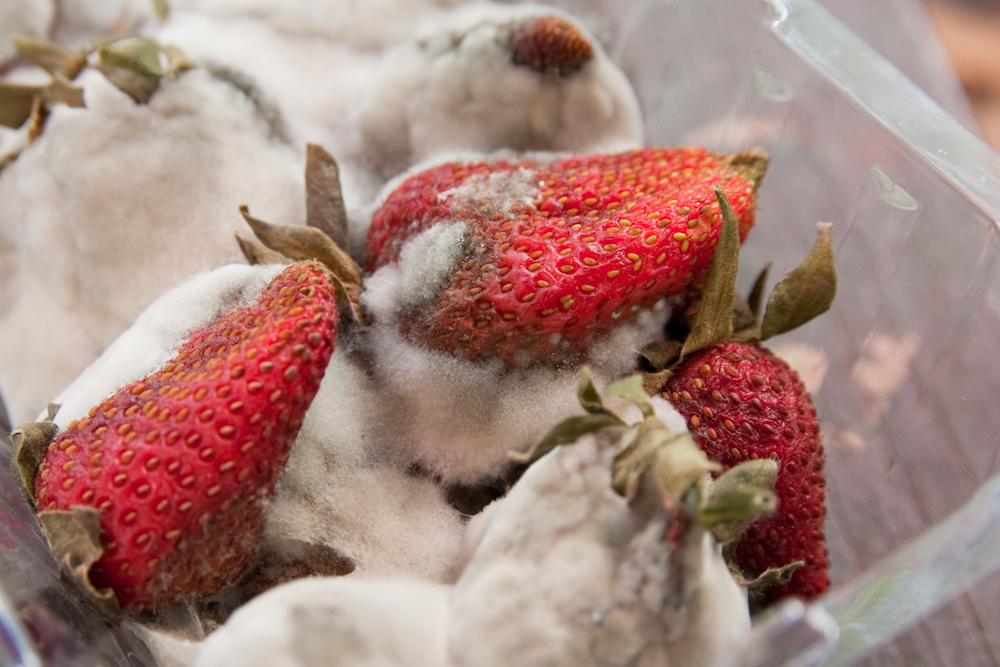Most of us have experienced that disappointing moment when we pull some delicious food out of the refrigerator — strawberries, for instance — and notice that it is sporting fuzzy mold. While it isn’t pleasant to see inedible food, mold has some fascinating properties, as well as an evolutionary background that may shed light on new ways to treat diseases.
The mold we find on our strawberries, known as pin mold, is closely related to another, larger soil fungus called Phycomyces blakesleeanus. Unlike pin mold, this fungus has some interesting capabilities that have made it famous within the scientific community: it is attuned to the presence of light, the touch of wind, physical touch disturbances and even the presence of gravity.
Everything that has mass and exists in the universe is affected by gravity. It is what keeps us firmly rooted to the ground. As we go about our daily lives, we probably aren’t actively thinking about gravity. However, we have mechanisms in our bodies that are constantly helping us measure and respond to gravitational forces. This ability allows us to know up from down and to move around on Earth without dizziness or other unpleasant side effects. One of the mechanisms for maintaining balance in the human body is actually a calcium carbonate crystal in the ear, which brushes against hairs to signal which way is up and which way is down.
The gravity sensing mechanism in Phycomyces blakesleeanus also requires a crystal. The fungus has a complex structure that looks like a sewing pin and contains crystals that can move around within that elongated pin-like container. In simplified terms, the crystals fall through the cells that are present in the fungus to tell those cells which direction is up and which is down. While fungal cells do not need to balance, walk around or avoid dizziness like humans do, it is critical that their fruiting bodies, which contain spores, grow upward and above ground.
A team of scientists in Singapore, led by geneticist Gregory Jedd, wanted to understand how this ability for a fungus to sense gravity evolved. After tracing a gene which codes for proteins involved in the crystal matrix of the fungus, they found that this ability was probably picked up from a species of bacteria. Since all kinds of microbes coexist in the soil, the odds of them interacting with each other are very high. For example, we know that natural antibiotics result from bacteria producing substances that are toxic for their fellow microbial competitors. In this case, the transfer of the gene from a bacteria to a fungus happened through a process called horizontal gene transfer.
Horizontal gene transfer is a random occurrence in which genetic material is picked up from another organism, often another species, and incorporated into the genome. If the new genetic material aids in survival, then it might be passed down to the next generation.
In this case, the gene that got picked up did not originally have anything to do with gravity sensing. It was instead involved with a self-assembly process which the researchers think became relevant to the building of the crystal matrix in the pin mold. They also think that a gene like this one, which directs where and when certain building steps should happen, could be useful in treating human diseases. A drug could be told when and where to disperse, for example, which would increase specificity and targeting of treatments. But until the power of the gene is harnessed, we can at least feel intrigued by our moldy strawberries and their molds’ evolution. Perhaps the intrigue will override the disappointment.







